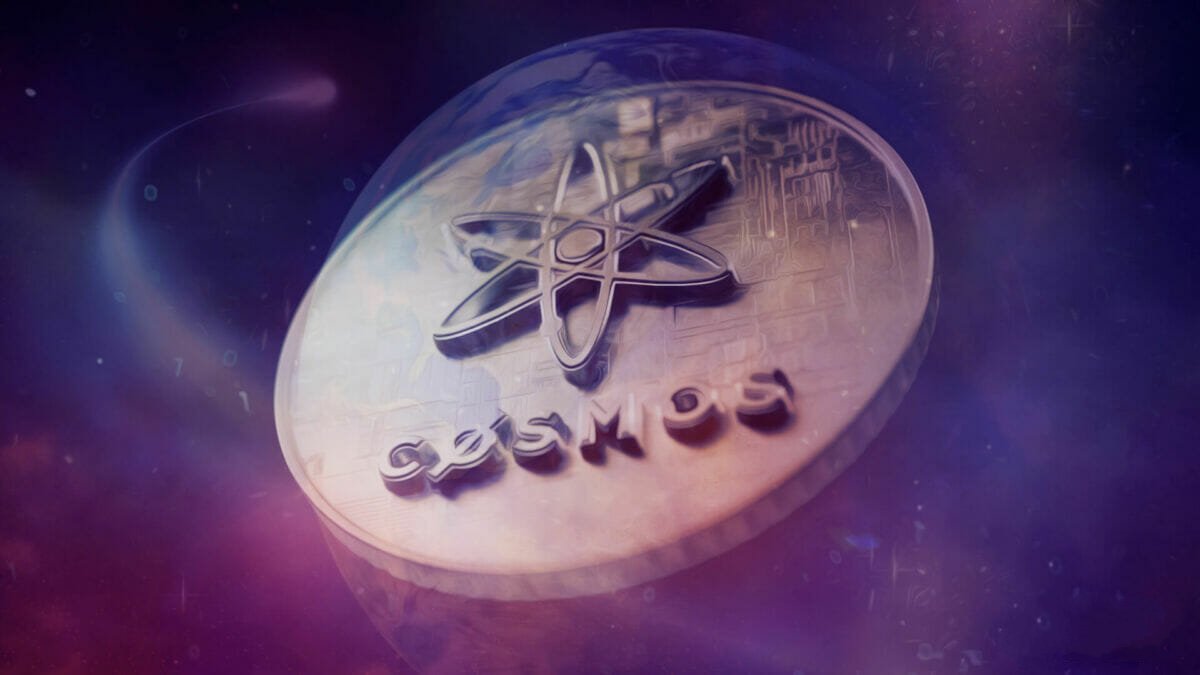If live pacem Ethereum – If, from a purely technological point of view, the challenge represented by the transition The Merge on Ethereum has been brilliantly raised, clouds of a new nature are already beginning to gather around the child prodigy. Indeed, The Merge consisted of such a deep operation on Ethereum, that it could even have modified its economic… and fiscal nature. In any case, this is what the Security Exchange Commission (SEC), never late for bad news when it comes to vigorously showering the overflowing enthusiasm of the young crypto industry.
The SEC facing the new Ethereum
As an iconic event, the perfect completion of The Merge transition on the Ethereum network caused reactions far beyond the usual circle of the natural crypto ecosystem.
And if in view of the technological and financial challenge raised, these reactions essentially consisted of expressions of respect and warm congratulations, the American financial policeman (Security Exchange CommissionSEC) for its part did not respect the slightest reserve period before sounding the end of the celebrations and bringing everyone back to earth.
In effect, reported by the Wall Street Journal, the boss of the SEC Gary Gensler let it be known just a few hours ago that the SEC was already wondering about the possible re-categorization of the crypto-asset ether to the rank of “ securities“, in US tax nomenclature.
At the heart of the problem, the new system of “ staking of Ethereum 2.0 (i.e. the generation of dividends, in return for collateral to maintain and ensure the security of the Ethereum network in place of the previous Proof of Work). In other words, an incentive for users in the form of hard-hitting ETH tokens that the SEC would be well requalified (in order, let’s kill all suspense, to tax them effectively).
In support of this position, the SEC’s perception of staking:
“Exchanges that offer users staking services are very similar to lending. From a token perspective [ETH]…this is another clue that, according to the Howey test, the investing public anticipates profits based on the efforts of other people”
Howey’s test applied to Ethereum post-Merge
This “anticipation of profits” is, as we can see, one of the central points in the SEC’s reading grid.
This grid thus allows the financial watchdog to qualify whether an asset should be placed in the category of “ commodities (basically, a raw material such as oil, steel, wheat, etc.) or a securities. It should be noted that the matter is getting even more complicated considering that in the field of crypto-assets we will also take into account sub-categories such as ” security tokens ” and the ” utility tokens ». We talked about it in more detail in this dedicated article. It should be noted in passing that the SEC itself evolves in the greatest vagueness on the subject, according to innovations (and its legal-river clashes with Ripple in particular), and that all the tenors of the industry also go there of their small hypothesis as soon as a microphone is handed to them.
Just keep in mind that to define in which category an asset should be classified, the SEC uses the Howey test.
The Howey Test (to be found in detail here) can be summed up quite simply:
This test states that is considered a investment contract (similar to a sale of shares) anything that involves:
- A monetary investment
- In a “classic” company
- With a reasonable expectation of profit from the efforts of others
>> Your first ETH in a few minutes? Sign up on Binance (commercial link) <<
New classification for Ethereum, what are the issues?
There is a confusing sense that crypto investing could thus – forcing a little – enter into this general framework of the Howey Test, even if the latter dates from another era (it has been used since the 1940s). However, we can only note that the margin of interpretation remains wide (is the Ethereum network strictly speaking a “classic company”?)
Finally, what are the risks? An official (and consistent) ranking of an asset like ether in “ security would have significant implications for all industry players. Both investors, who would be subject to different reporting obligations and new taxation. But also for token issuers and managers (we will think in particular of validators on the network, or commercial entities that market staking services for individuals and institutions). Either way, the implications would be many.
Death and taxes, as the popular adage goes, remain the only immutable certainties in life. If the first days of Ethereum 2.0 will be closely scrutinized by all the “crypto-bros” on the planet, let’s be sure that its new version also whets the interest and appetites of regulators and financial policemen from all walks of life.
Are you looking for a crypto platform that crosses the bear market with serenity? Register without delay on the FTX reference platform. In addition, you benefit from a return of up to 8% on all your crypto assets (commercial link, see conditions on official website).





